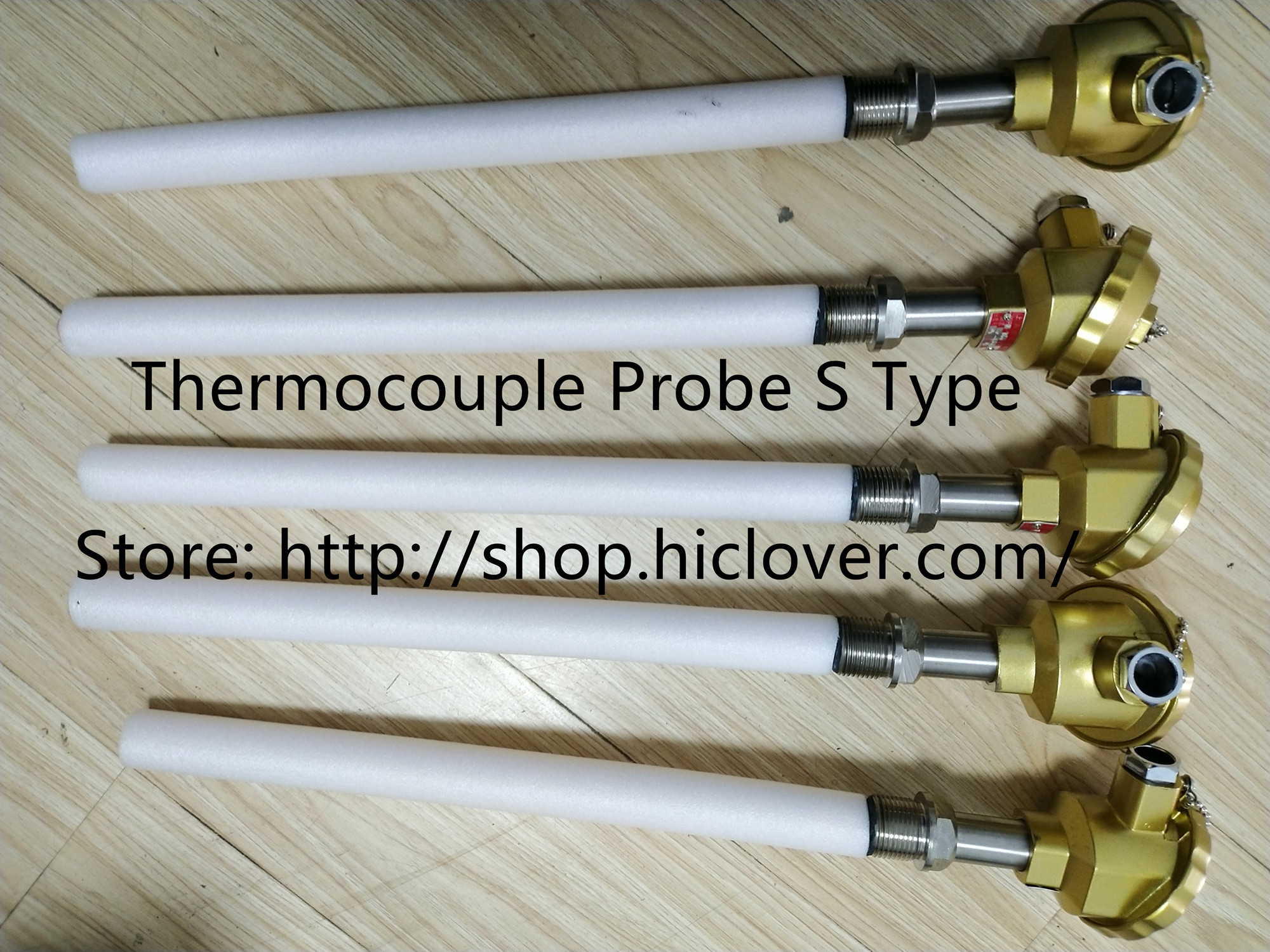Incineration is a commonly used method for the disposal of waste materials. From household garbage to industrial waste, incinerators are used to safely burn these materials and reduce the volume of waste produced. Inside the incinerator, there is a complex process flow diagram that outlines the various steps involved in the incineration process.
The process flow diagram for an incinerator typically includes several key components, each of which plays a crucial role in the overall operation of the facility. These components include the waste receiving and storage area, the waste feeding system, the combustion chamber, the heat recovery system, the air pollution control system, and the ash handling system.
The first step in the incineration process is the receiving and storage of waste materials. This involves the collection and storage of waste materials in designated areas within the incinerator facility. Once the waste has been collected, it is then fed into the incinerator through a system of conveyors or other mechanical means.
Once inside the incinerator, the waste is subjected to high temperatures in the combustion chamber. This is where the actual burning of the waste takes place, resulting in the production of heat, gases, and solid residues. The heat generated during the combustion process is then recovered and used to produce steam, which can be used to generate electricity or for other industrial purposes.
As the waste is burned, various gases and pollutants are released into the atmosphere. To mitigate the impact of these emissions, incinerators are equipped with air pollution control systems, such as scrubbers and filters, to remove harmful pollutants from the exhaust gases before they are released into the environment.
After the combustion process is complete, the remaining solid residues, known as ash, are collected and transported to the ash handling system. This system is responsible for managing and disposing of the ash in an environmentally responsible manner, such as through recycling or landfill disposal.
Overall, the process flow diagram for an incinerator provides a detailed and systematic breakdown of the various steps involved in the incineration process. By following this diagram, incinerator operators can ensure that waste materials are safely and efficiently disposed of, while also minimizing the impact of emissions on the environment.
In conclusion, the process flow diagram for an incinerator is a critical tool for understanding and managing the incineration process. By carefully following this diagram, incinerator operators can ensure that waste materials are managed responsibly and that the environmental impact of incineration is minimized.



